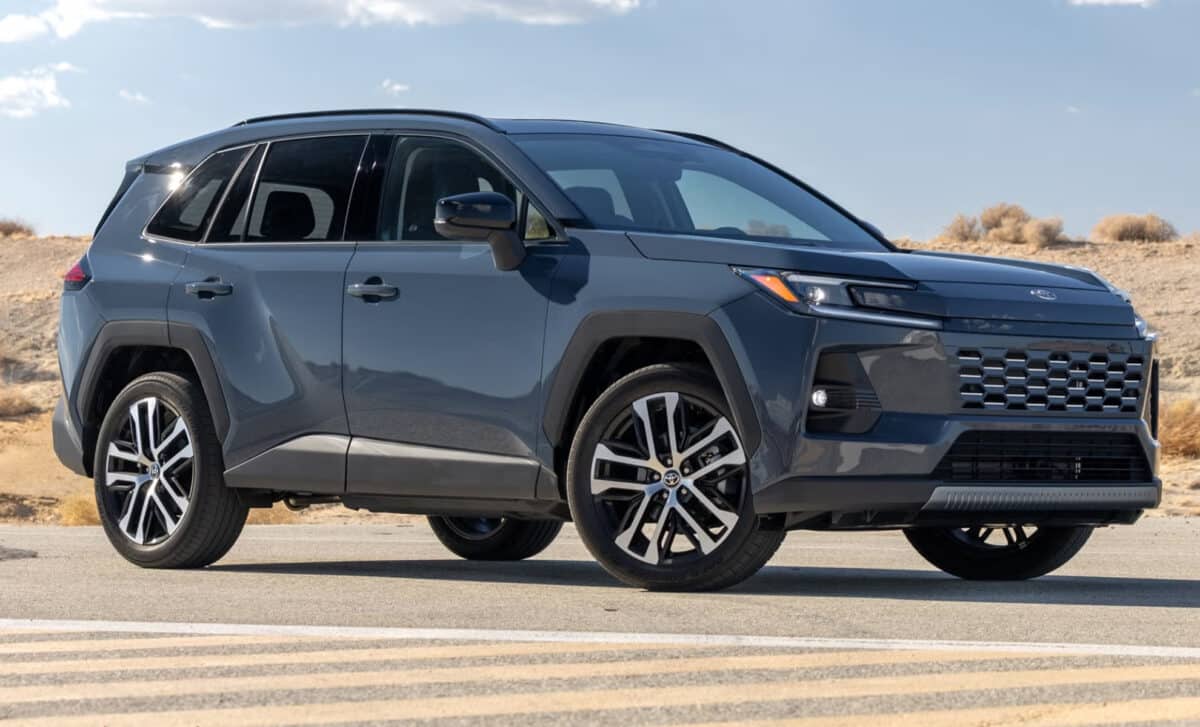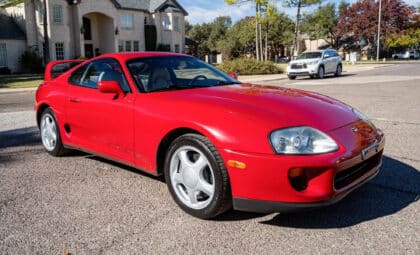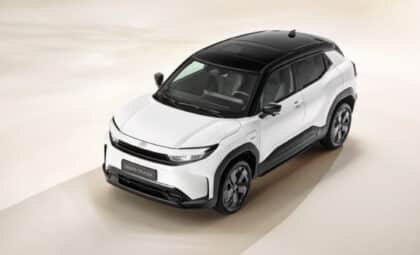The best-selling vehicle in Toyota’s U.S. lineup has now dropped its traditional gasoline powertrain entirely, continuing the automaker’s push toward broader electrification. Alongside a redesigned exterior and improved interior, the new RAV4 also introduces a significantly enhanced infotainment system, aiming to address long-standing criticism of its tech offerings.
This evolution aligns with Toyota’s larger commitment to hybrid and electrified platforms across its portfolio. The company’s choice to convert the RAV4 into a hybrid-only model is not just strategic, it’s symbolic—showing how one of the most mainstream vehicles in America is being positioned as a cornerstone in Toyota’s transition era.
Familiar Performance Behind a Modernized Face
Despite the visual and technological upgrades, the 2026 RAV4 remains fundamentally similar behind the wheel. It uses a 2.5-liter inline-four engine paired with two electric motors in the standard hybrid variant, delivering 236 horsepower. A plug-in hybrid version is also available, leveraging the same engine but with a larger battery pack for extended electric range and stronger performance.
But the driving dynamics don’t bring surprises. As noted during MotorTrend’s SUV of the Year evaluation, “The engine is noisy and coarse, power is adequate, and the ride is choppy but takes the hard edges off.” Steering and braking were described as “forgettable,” though this predictability may appeal to many typical compact SUV buyers. In essence, while the powertrain is different, the experience remains largely unchanged.

A Tech Reboot Where It Counts
One of the most noticeable advances is the introduction of Toyota’s latest infotainment system, which reviewers unanimously viewed as a major improvement. According to MotorTrend, the new interface includes a “strong map overlay, deep feature set, adjustable driver monitoring, voice assistant, and smart drive mode layout.” These changes finally put the RAV4 on par with competing models in terms of onboard tech.
The instrument cluster screen also drew praise for its usability and range of configuration options. Compared to the outdated tech in previous RAV4s, the new system is widely seen as a necessary and overdue step forward. While not cutting-edge, it represents a meaningful improvement in daily usability.

Interior Design Sparks Mixed Reactions
While the infotainment system received near-universal approval, opinions were more divided on the cabin layout and materials. Some reviewers appreciated the practicality of the multilevel center console and praised the organization of controls. Others, however, found the design “cluttered and distracting,” pointing to a lack of cohesiveness in how different elements come together visually.
The rear doors’ shallow openings also drew criticism for compromising ease of access. The interior’s split reception highlights Toyota’s struggle to balance form and function in a competitive segment where expectations for cabin quality have continued to rise.









